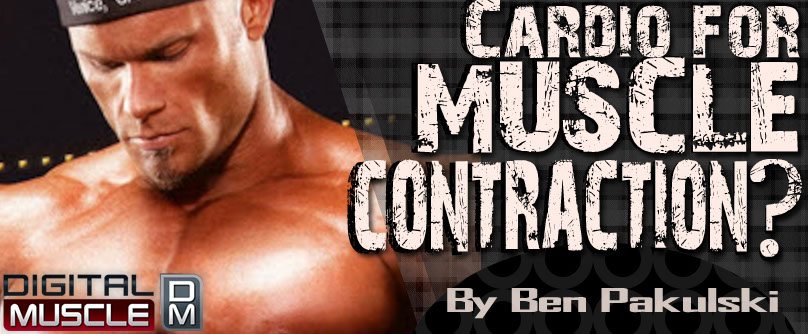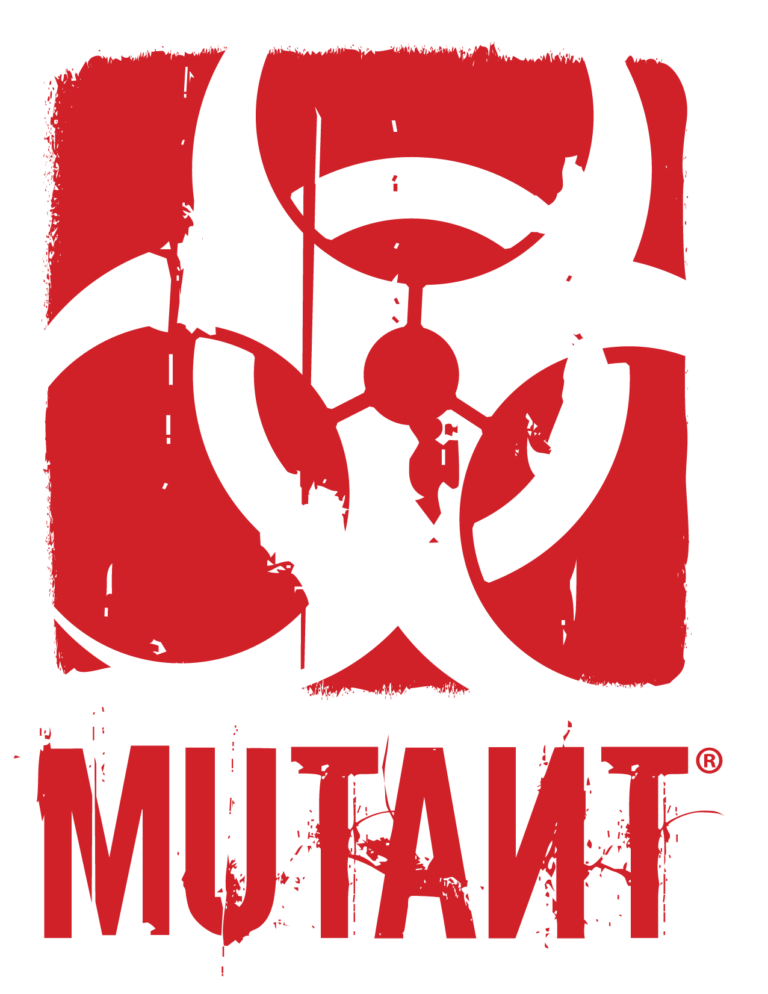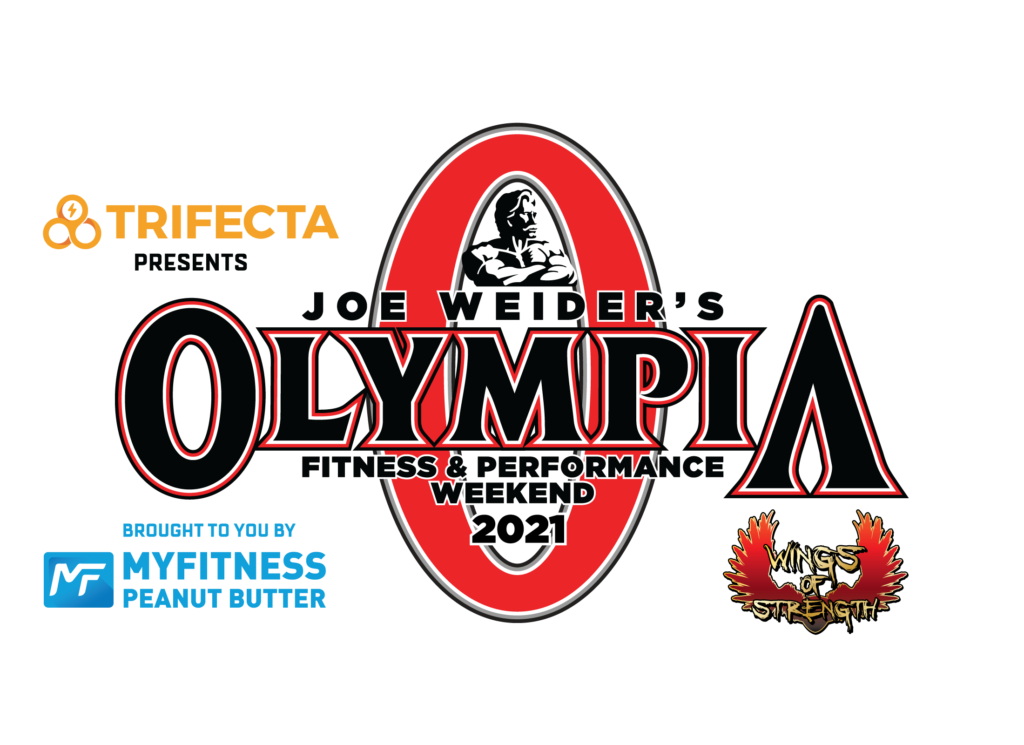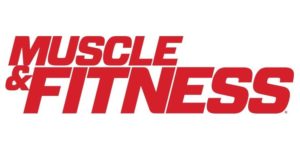By Ben Pakulski
Most people jump onto a cardio machine with the desired end result of ‘getting their heart rate up’, or maybe to ‘get their body temperature up to burn some calories’. Sound familiar? Of course it does.
Basically, we’re all looking for the most effective and efficient way to shed a few pounds of body fat, right? It’s important to note however that we only ever lose (or gain) a few GRAMS, not pounds, during a session, it’s an ongoing process. Most of us may be lucky to burn 30-50 grams of fat during a typical long duration cardio session (1lb = 454 grams). That’s about the equivalent of the Starbucks latte I’m drinking as I write this!
I don’t know about you, but that doesn’t seem very efficient to me. Typically when performing low-intensity cardio, it’s a known fact that you burn a higher percentage of calories from fat during the event, which is why it has taken a front seat in fat burning cults for a long time. The issue however, lies in what happens after you stop the session.
It’s now been shown that immediately after completing a low intensity steady state cardio session, your body essentially stops burning fat, and switches to using glycogen as it’s preferred source of energy. Your body does this because it’s always doing whatever it can to remain in homeostasis, or, steady state. You end up having simply burned the minimal number of calories associated with low intensity steady state “fat burning” cardio. One hour of this type of cardio typically burns around 300 calories and does very little, if anything, to accelerate your metabolism for the rest of the day.
Do THIS, Don’t do THAT
If the goal of any exercise protocol is to burn fat / alter body composition, our goal should be to shift the body into an accelerated calorie burning and fat oxidizing state for as close to the entire duration of the day as possible. As noted above, low intensity cardio shifts the body to burning mostly fat for the duration of the session, and then stops.
For more effective fat burning, we need to kick-start an up-regulation of the systems of our body. We want to stress the body with physical exertion, do something it’s not accustomed to, and then force an adaptation of increased mitochondrial biogenesis, increased fat oxidation, net caloric expenditure, and improved insulin sensitivity and glucose uptake. — Sounds like a bunch of scientific jargon, but all it really means is…
…work HARD!! Then stop.
The logic of why we do cardio (READ THIS!)
People do cardio to burn fat, some even do it for improved heart function. This is awesome. But, let’s explore a few simple questions – humor me here and stay with me:
1) Why do you do cardio?
Most likely your answer will be… “To burn fat!”.
GREAT. You’re right.
2) How does cardio burn fat?
“By getting my heart rate up!”.
YUP. That is also true, although only conditionally (keep reading).
3) What causes your heart rate to go up?
“Pfft, that’s simple. Movement!”.
EXACTLY.
4) Well then what causes that movement?
“Muscles!”
More specifically, muscular contractions.
The Point?
Ultimately then, by deductive reasoning, we can say we’re simply trying to contract our muscles to burn fat. See that now after looking back? The goal of cardio isn’t to “get your heart rate up”, or “work up a sweat”, or even to “burn calories”, because it isn’t even particularly efficient at that. — The goal of cardio is… TO CONTRACT MUSCLES!
Contracting muscles against zero resistance, like when walking with zero incline and holding on to a treadmill while leaning back, might as well have a negative caloric expenditure!
It’s NOT an efficient method of calorie burning, not an effective method of contracting muscles, burning fat, and definitely not an efficient use of your TIME, which we all claim to not have enough of. Take some time to think about it.
You want to burn some fat?
Well, try something that forces you to contract your muscles, against resistance, and to do so for a period of time that is long enough to increase lactic acid production, but short enough so that the resistance challenges you at varying percentages throughout.
Starting with a resistance that challenges you at around 20% of your perceived exertion might be a great place to start for many people. Others may start at 50% of perceived exertion.
Incorporate as many large muscle-groups as possible into your fat burning program. Larger muscles take more calories to contract and also produce more lactic acid (which is correlated with greater fat oxidation).
Digital Muscle is proud to present the advanced training and nutritional strategies of Ben Pakulski. Ben is the author and creator of some of the world’s most respected training protocols, including the best-selling MI40 Program. Available at www.BenPakulski.com/mi40
With a degree in Kinesiology, Ben is regarded as one of the most advanced tacticians of building muscle and sculpting an elite physique. A former runner-up at the Arnold Classic, Ben is also the architect of the best-selling muscle building program MI40. Digital Muscle is proud to host this blog where you’ll find many of Ben’s critically acclaimed strategies. Ben was recently named co-host of the PBW Bodybuilding radio show.





